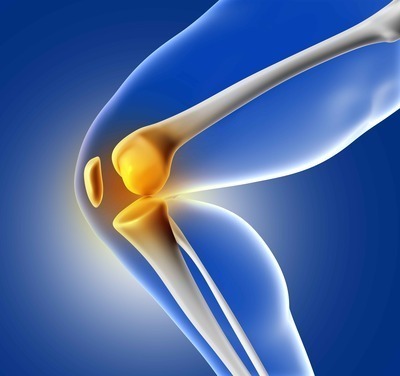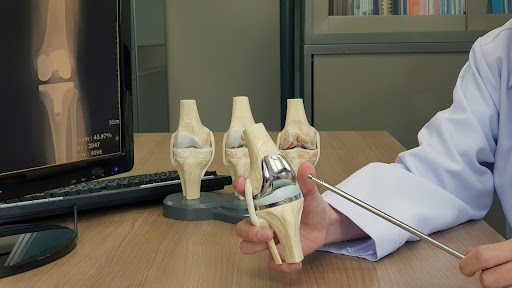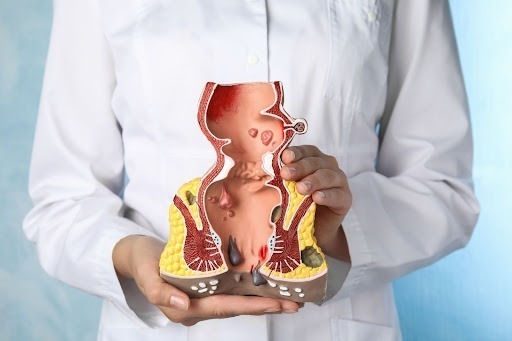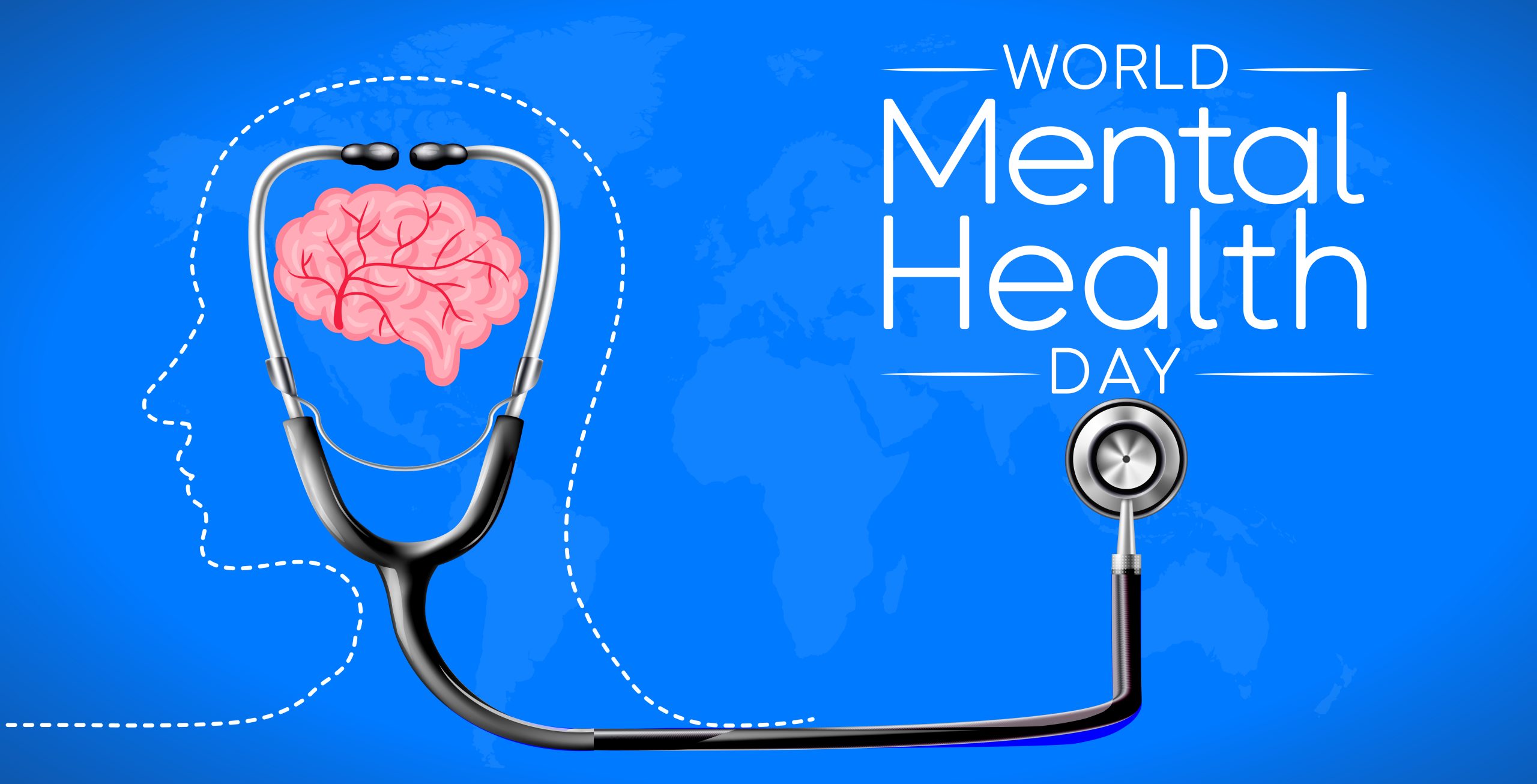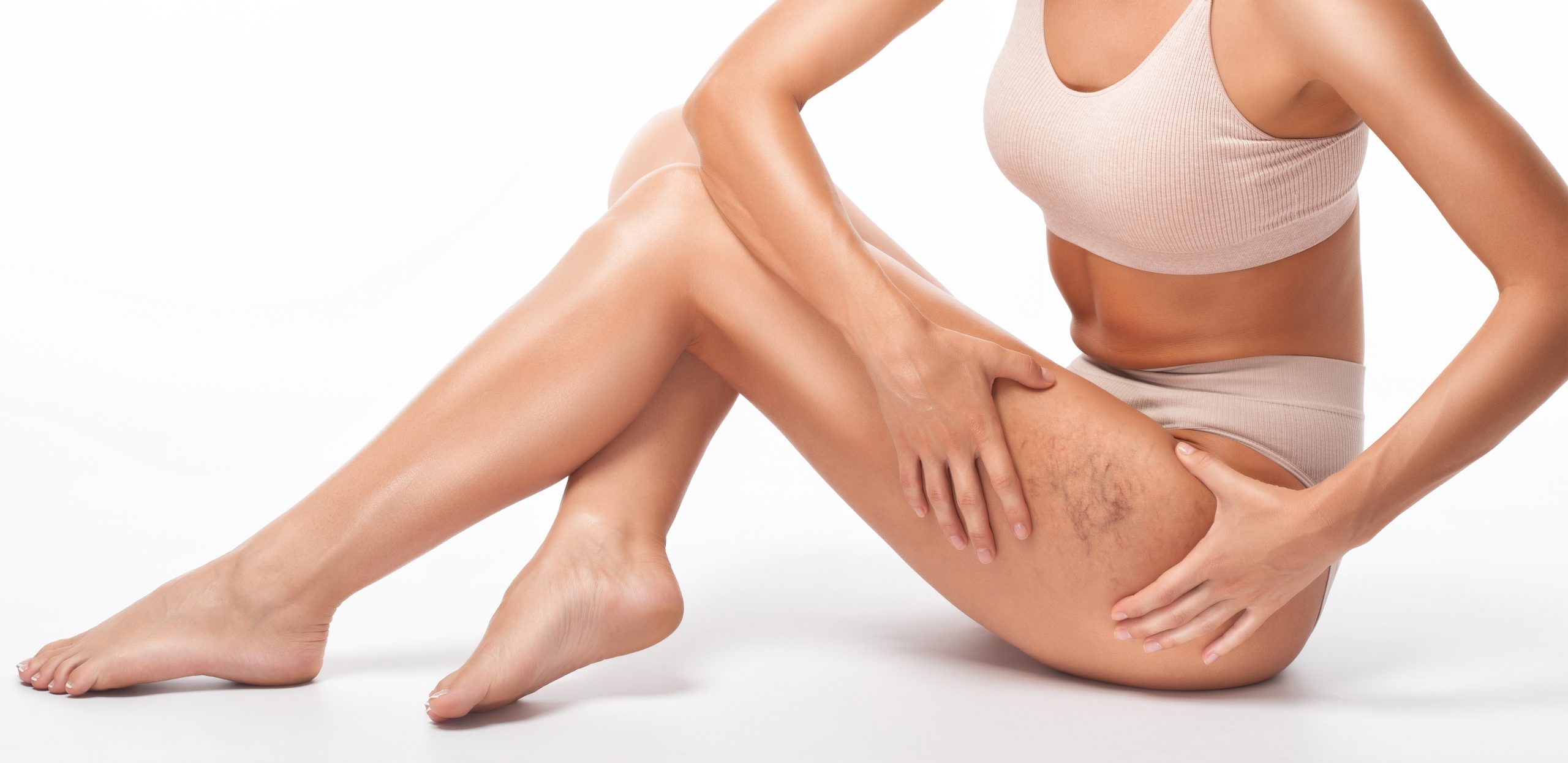Varicose Veins
Varicose Veins vs. DVT: Understanding the Key Differences

by admin
24th September 2024
5 minutes read
Both varicose veins and Deep Venous Thrombosis (DVT) are vein-related conditions, but they differ significantly in terms of symptoms, severity, and treatment. Understanding the distinction between these two conditions is crucial for timely and appropriate medical intervention. In this article, we will explore the key differences between varicose veins and DVT, how to recognize them, and available treatment options at Medfin.
What Are Varicose Veins?
Varicose veins are enlarged, twisted veins that often appear on the legs, just below the surface of the skin. They develop when the valves inside the veins weaken, allowing blood to pool and the veins to become swollen and bulging.
Common Symptoms of Varicose Veins:
- Bulging, twisted veins visible just under the skin
- Heavy or aching legs, particularly after standing for long periods
- Swelling in the lower legs or ankles
- Itchy or discolored skin around the affected veins
- Muscle cramps or discomfort, especially at night
Varicose Vein Treatment:
Varicose veins can be treated through minimally invasive procedures such as laser treatments, sclerotherapy, or, in more severe cases, surgery. At Medfin, we offer advanced treatments to help you manage varicose veins and relieve any discomfort or cosmetic concerns.
What is Deep Venous Thrombosis (DVT)?
Deep Venous Thrombosis (DVT) is a much more serious condition that occurs when a blood clot forms in one of the deep veins, often in the legs. Unlike varicose veins, DVT is not visible on the skin’s surface, and it can pose life-threatening risks if the clot moves to the lungs, causing a pulmonary embolism.
Symptoms of DVT:
- Sudden swelling in one leg
- Pain or tenderness in the calf or thigh, especially when walking
- Skin that feels warm to the touch around the affected area
- Red or blue discoloration of the skin
- Unexplained heaviness or fatigue in the affected leg
DVT Treatment:
DVT is a medical emergency that requires immediate attention. It is typically treated with blood-thinning medications, and in some cases, clot removal procedures may be needed. Medfin provides expert care for DVT, ensuring timely diagnosis and treatment to prevent complications.
Varicose Veins vs. DVT: What’s the Difference?
- Location and Visibility:
- Varicose veins are visible on the surface of the skin, often appearing as bulging, twisted veins.
- DVT, on the other hand, occurs in deep veins that are not visible externally, making it harder to detect.
- Risk Factors:
- Varicose veins are often caused by genetic factors, aging, pregnancy, or prolonged periods of standing.
- DVT is more likely to occur due to prolonged immobility, surgery, injury, or conditions that affect blood clotting.
- Symptoms:
- Varicose veins generally cause discomfort, such as aching, swelling, or itching, but they are primarily a cosmetic concern.
- DVT, however, can lead to life-threatening complications like pulmonary embolism and requires immediate medical attention.
- Complications:
- Varicose veins can cause skin ulcers or bleeding if left untreated but are not typically dangerous.
- DVT can result in serious complications if the clot travels to the lungs, causing a pulmonary embolism, which is life-threatening.
Can Varicose Veins Lead to DVT?
While varicose veins themselves do not cause DVT, they can be a sign of poor circulation, which may increase the risk of blood clot formation. If you have varicose veins and experience sudden swelling or pain in one leg, you should seek medical attention immediately.
Preventive Measures for Varicose Veins and DVT
You can reduce your risk of both varicose veins and DVT by adopting healthy lifestyle habits:
- Engage in regular physical activity to improve circulation.
- Avoid sitting or standing for extended periods without moving.
- Use compression stockings if recommended, especially during long flights or periods of inactivity.
- Maintain a healthy weight to reduce pressure on your veins.
At Medfin, we offer a range of treatments for both varicose veins and DVT. Our advanced therapies, including laser treatment, sclerotherapy, and surgical options, are designed to provide effective relief and improve vein health.
FAQs
- Can varicose veins cause DVT?
While varicose veins don’t directly cause DVT, they can indicate poor blood circulation, which might increase the risk of developing blood clots. If you have varicose veins and experience swelling, redness, or pain in your leg, it’s important to seek medical attention to rule out DVT. - What are the major differences between varicose veins and DVT?
Varicose veins are visible, twisted veins just under the skin that cause discomfort, while DVT occurs in deep veins and is not visible. DVT can be life-threatening if the clot travels to the lungs, whereas varicose veins are usually a cosmetic and comfort issue. - How are varicose veins treated?
Varicose veins can be treated through laser treatment, sclerotherapy, or surgery, depending on the severity. Medfin offers advanced, minimally invasive treatments to alleviate symptoms and improve vein appearance. - What is the best treatment for DVT?
DVT is typically treated with blood-thinning medications, but in severe cases, procedures like clot removal or stenting may be needed. Early diagnosis and treatment are crucial to prevent complications like pulmonary embolism. At Medfin, we provide expert care for DVT to ensure effective management. - Can DVT be prevented?
Yes, certain lifestyle changes can help prevent DVT, such as regular exercise, avoiding prolonged immobility, staying hydrated, and wearing compression stockings during long periods of sitting or standing. If you have risk factors for DVT, consult with a healthcare provider to create a prevention plan.
Conclusion
While both varicose veins and DVT affect the veins, they differ in severity, symptoms, and treatment needs. Varicose veins are primarily a cosmetic and comfort issue, whereas DVT is a serious medical condition that can lead to life-threatening complications. If you experience symptoms of either condition, seeking timely medical care is essential. Medfin offers comprehensive care for both conditions, ensuring that you receive the best treatment to protect your health and well-being.
CATEGORIES
- ACL Reconstruction
- Anal Fissures
- Anal Fistula
- Appendicitis
- ASK A DOCTOR
- Benign Prostatic Hyperplasia
- Breast Lump Excision
- Cataract
- Circumcision
- Conditions & Diseases
- Cosmetology
- Covid-19
- Cure
- Endocrinology
- ENGLISH VIDEOS
- Eye Care
- Gallstones
- General Surgeries
- Government Schemes
- Gynaecology
- Gynecomastia
- Health
- Health Insurance
- Hernia
- Hindi
- Hip Arthoscopy
- Hip Replacement
- Hip Replacement Surgery
- Hydrocele
- Kannada
- Kidney Stones
- Knee Arthroscopic
- Laparoscopic
- LASER
- Latest Treatments
- Lifestyle
- Liposuction
- Medfin Stories
- Medicine
- Nephrology
- Ophthalmology
- Orthopaedic
- Paraphimosis
- Patient Testimonials
- PCL Reconstruction
- Phimosis
- Piles (Hemorrhoids)
- Pilonidal Sinus
- Proctology
- Prostate Artery Embolization
- Rhinoplasty
- Second Opinion
- Total Knee Replacement
- Urology
- Uterine Artery Embolization
- Uterine Fibroids
- Varicocele
- Varicose Veins
- Vascular
- VIDEOS


